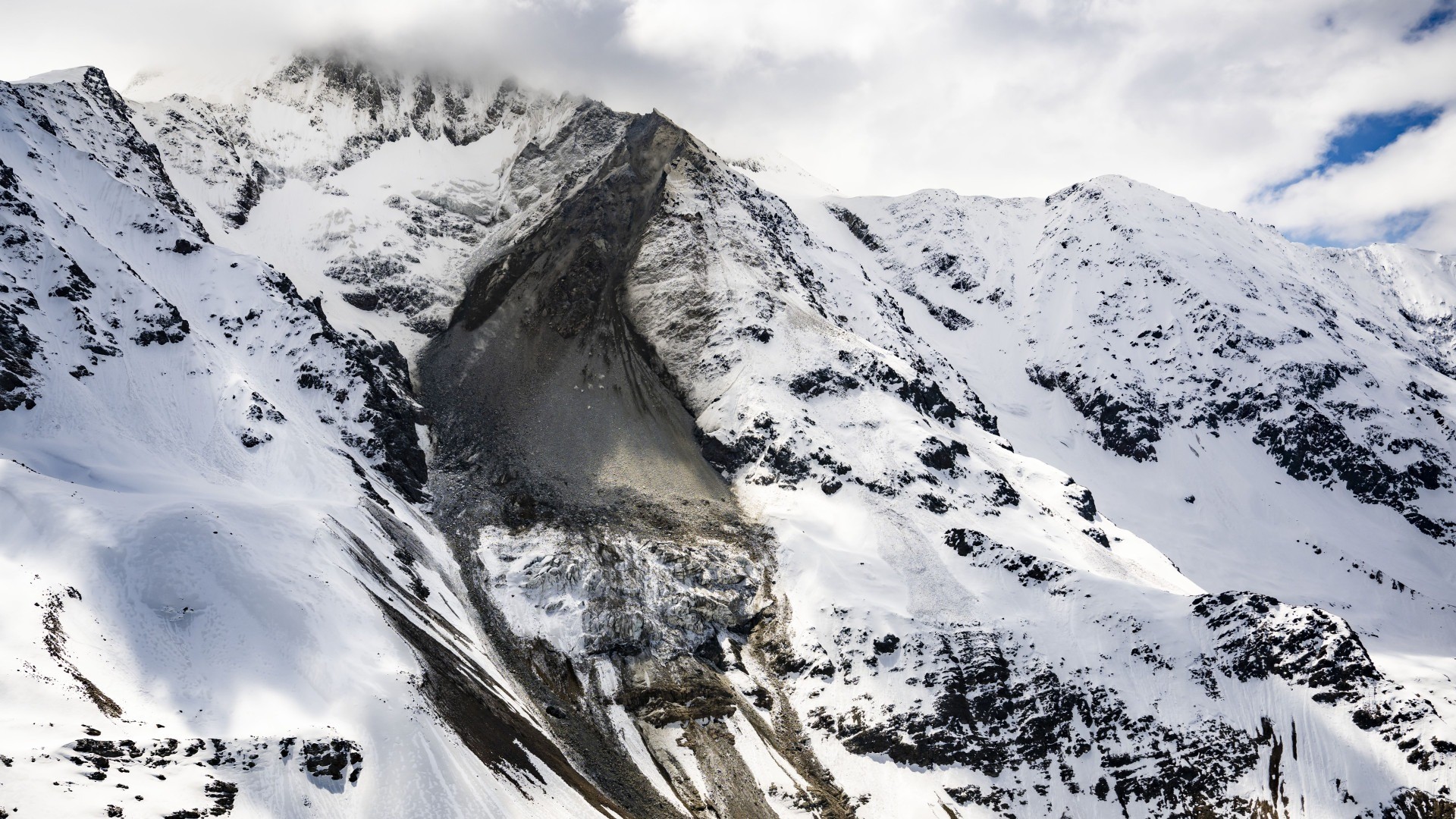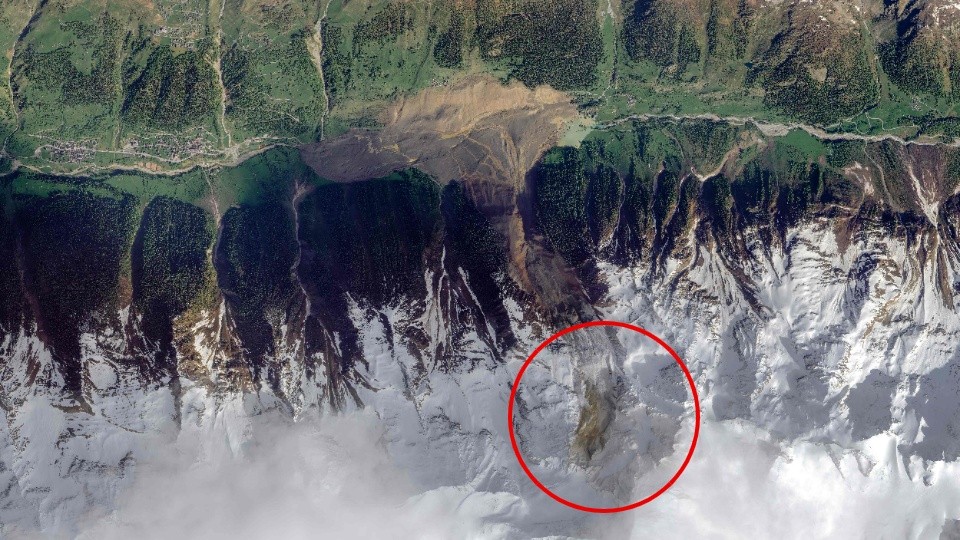The Swiss country canceled by the glacier. After the collapse the fears of the mountain: « Are we still safe? »

The concern also in Italy. Experts: «Global warming, with extreme events and fusion of glaciers, plays an important role. Increase monitoring «
Wednesday afternoon in Switzerland the country of Blatten, in the Canton Vallese, was canceled by the collapse of the Birch glacier. The frozen mass had been destabilized in the previous days by a large landslide, evaluated in about 6 million cubic meters of rock, which had detached itself from the walls of the Kleines Nesthorn. Are the Italian Alps slopes at risk? The fears meandered. Just to say: today, the newspaper Dolomiten On the front page, under a large photo of the Swiss disaster, he wondered: « How sure are the mountain villages of South Tyrol? ». « Situations of instability are also there, because the fate of the mountain ranges is to be eroded, of course in geological times, » he says Rodolfo Carosi, professor of structural geology at the University of Turin and President of the Italian Geological Society. « The real problem is that of the dissolution of the permafrost, that is, the perennially frozen ground that helps to prevent the slopes and walls in the high mountains from collapse ».
What happened in Switzerland
The weight of the rock fell on the Birch glacier had made it unstable and then fell downstream, generating a shock wave felt by the Swiss seismographs network as an earthquake of magnitude 3.1. According to the seismic service of the Federal Polytechnic of Zurich, it is the largest mass movement ever recorded in the Confederation. The 300 inhabitants of the village had already been evacuated on May 19, but the landslide blocked the Lonza stream. The lake that has formed risks overflowing by also putting the underlying villages of Kippel and Wiler at risk, where other sixteen people had to leave their homes. Also alarm the inhabitants of the locations of Game and Steg.
Permafrost, global warming and extreme events
« With the heating in place, moreover, not only the permafrost melts, but also the glaciers, » adds Carosi. «The rocks are decompressed, there is no longer the weight of the glacier to stabilize them and you can create relaxation fractures that create further instability. What happened on the Marmolada in 2022 was due instead to the heat that blended the glacier». Extreme events, which are becoming more and more frequent, have an important influence. «The two floods in Emilia Romagna triggered 70 thousand landslides, some were not even mapped and monitored. On the Alps the slopes are steep, many rocks are intensely fractured and the risk increases. But it cannot be said in general if an area or a valley is subject to greater risks of another. It is necessary to see on a case -by -case basis ». « Italy is one of the countries with the largest number of landslides in the worldprecisely because of its geological and geographical conformation. The Italian territory, except for the Po Valley, Salento and other limited areas, has a predisposition to the landslides « , according to Nicola Casagli, professor of geology applied to the University of Florence and among the organizers in November 2023 of the World Forum of Landslides.
The cause of the collapse in Blatten
According to Swiss experts, certainly the global warming in place has played an important role, but it is not the only one. « Those sides had been unstable for some time, there had already been detachments of rocks, » explains Professor of the University of Turin. « At the moment it is impossible to establish the cause of the collapse « said the glaciologist Giovanni Kappenberger, heard from Corriere del Ticino. «After the glacial eras, many collapses occurred on the Alps due to the retreat of the ice. Then, for millennia, the situation stabilized. In Switzerland in recent years half of the surface covered by Permafrost has been lost, « continues Kapenberger. « The Kleines Nesthorn is at a share where the Permafrost is still present, but there is a weakening that contributes to the disintegration of the rock ». « The smallest landslides happen more often, especially to high altitudes, » added Mylène Jacquemart, an expert in hydrology and mass movements to Eth Zurich. « Connecting the increase in temperatures with the larger landslides, such as Blotten’s, is premature because our systematic observations extend over a period of twenty years, a period too short to say if it is exceptional events or if a significant statistical change is underway ».

Prevention and monitoring
« Prevention is fundamental, » concludes prof. Carosi. «Ultimately Many landslides are one of the indirect consequences of global warmingwhich causes large quantities of rain concentrated in a short time ». What happened in Switzerland is only the last in order of time of large collapses that occurred in recent times in mountain ranges, not only on the Alps, which are the most threatened environments by Global Warming. In addition to the collapse of the Marmolada glacier, the great landslide that invested Valtellina in 1987, the Planpincieux glacier in Val Ferret at Courmayeur who risked collapse five years ago, the various collapses that took place in the Dolomitesthe disaster of the Nanda glacier you owe in India in 2021.






